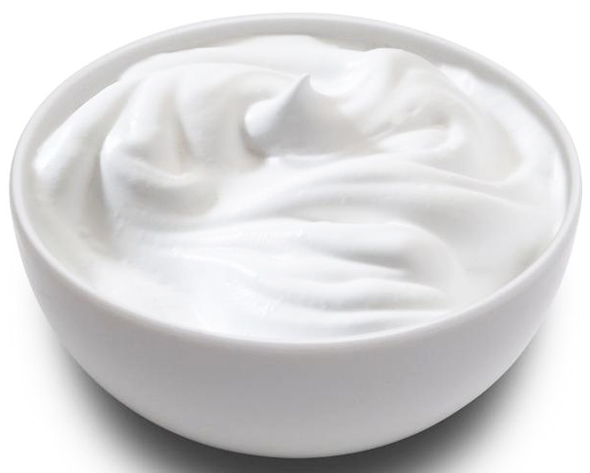Mama’s Punjabi Recipes: Ghar di Dahin (Homemade Yogurt)
The very heart and soul of India is the spirituality that it offers to the people in the country and naturally it is tied into the main religion, Hinduism. One of the chief tenets of Hinduism is the relationship to cows and cow milk, both of which are intertwined with the story of the young Krishna. And in that tale is the episode of the playful Divine baby smilingly scooping up and eating yogurt!
Yogurt or dahin has been a part of Hindustan’s past for centuries and is used in many ways. Dahin is considered one of the panchamitras (the others being honey, sugar, milk and ghee) used in Hindu worship and puja. The aspect of being cleansed by dahi is considered an ablution that washes away many sins.
Dahin is also used in cosmetics when mixed with turmeric and honey, as a hair conditioner; by itself with spices as a marinade for meats and dahin and honey is a prized mixture. Full fat dahi has 12% calcium and is high in protein, sugar and carbohydrates. Yogurt by itself has live cultures that can prevent antibiotic-associated diarrhea.
In India, ready-made yogurt is now available in plastic pouches from many mini-markets, but the really delicious variety, with the crust on top is still only available from bazaar halwais (confectioners) who scoop off a glacier-like wedge and serve it in a leaf-bowl or your own dish brought from home.
These days when there is so much talk about the taste and creaminess of Greek yogurt, it is curious why more people aren’t drawn to the taste of Indian yogurt and the way to make it at home. But once you learn how to make yogurt at home, you’ll always prefer it to the others!!
Ingredients :
4 cups saada doodh (whole milk) or low fat, if desired
3 tbsp dahinn (plain yogurt) for the starter
Directions:
1. Pour two tablespoons of water in a pot to coat it, preferably one with a heavy base, then pour the milk in.
2. Place it over low heat and let the milk slowly come to a boil. As it does, a soft skin will form over the top and it will start to puff up and rise. Take it off and let it cool down.
3. Take the 2 tbsp of yogurt out of the fridge and let it sit outside to warm up. Don’t use it cold as the fermentation will not take hold easily.
4. Once the milk is lukewarm to the touch, pour in the starter and mix it in thoroughly.
5. Now cover the pot, wrap it with some thick towels and place it in a warm place like inside the oven.
6. It is best to start this overnight. If you start in the daytime, then let the pot sit undisturbed for at least 12 hours.
7.Take off the towels and check the dahin: it should be well-formed, curdled and ready to serve. You can keep a small amount as a starter for the next batch of yogurt.
MAMA’S TIP OF THE WEEK
BOILING MILK FOR YOGURT AND CREAMS
Many people will let milk boil over high heat and then get busy with other things. Before you know it, the milk has started to boil and soon it will give off a burnt smell. Even though it is a liquid, the ingredients in milk thicken quickly, especially the parts nearest the heat. The burnt smell runs through the rest of the milk and you usually have to throw it away. And cleaning the pot later is a difficult chore!
When boiling milk, first pour in two spoonfuls of water before adding the milk. This will keep the milk from sticking to the bottom and burning. It is best to keep the heat very low and occasionally stirring it while it is starting to get hot in order to move the portion that is closest to the heat. When a thin skin forms over the top and starts to puff up, you can be sure that the milk is ready to boil. Let the skin rise up, then turn the heat off. To reduce the volume, stir the milk often.
Shakuntla Malhotra is a skilled cook of Punjabi dishes made in the old-fashioned style that she learnt as a young woman in her ancestral home in Lyallpur, India before it became part of Pakistan after the Partition in 1947. People have often admired her cooking for its simplicity and taste that comes with each mouthful. Even in her mid-eighties, she continues to cook daily and agreed to share some of her delectable Punjabi recipes.


